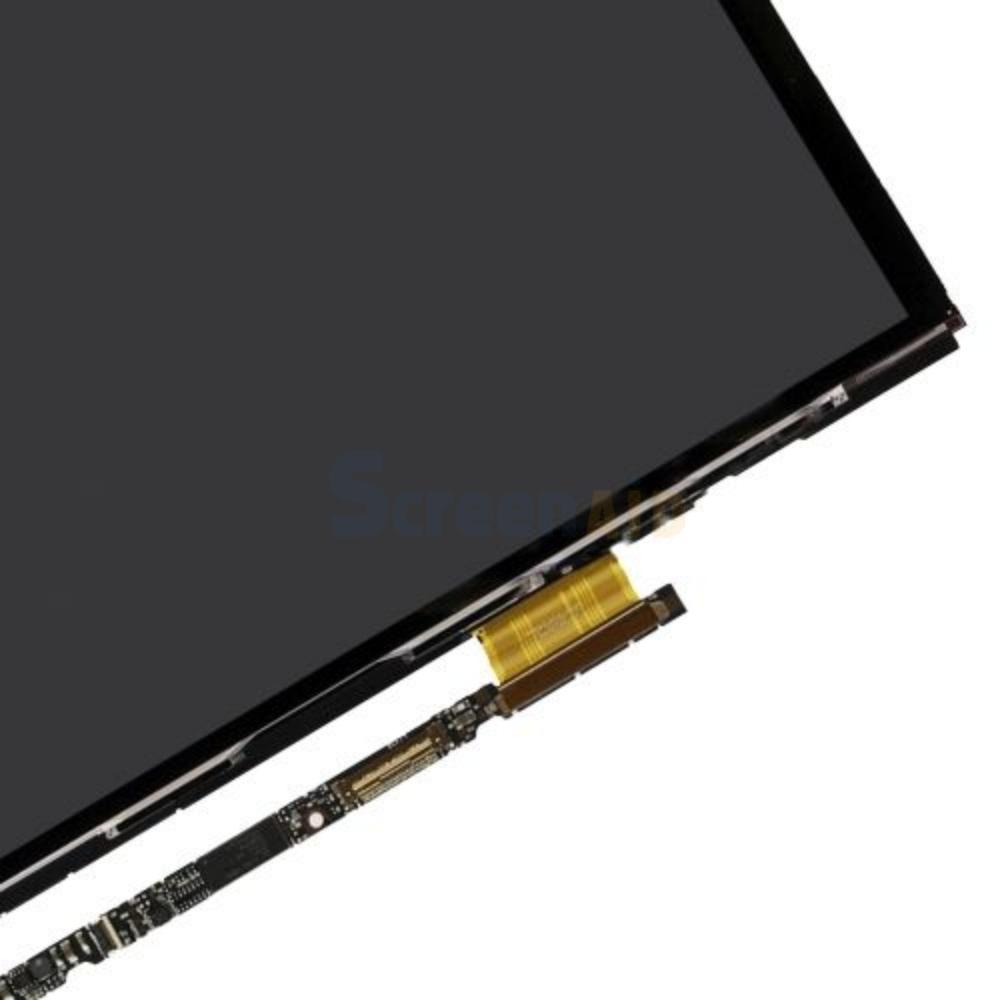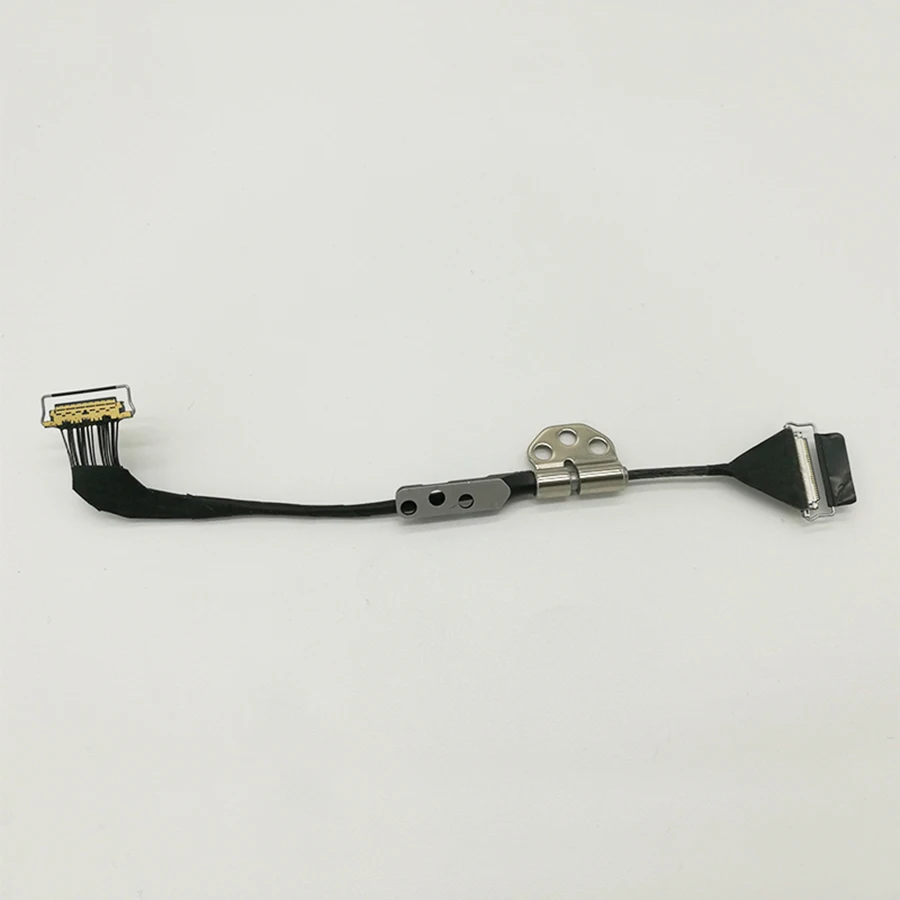

The MacBook Air M2 has a bright and colorful 13.6-inch panel (2560 x 1664 pixels) for watching videos, editing photos and handling everything else you want to do with no trade-offs. With the exception of a Dell logo etched on the lid, the laptop has no adornments. Not only does it look striking, but it also feels good to hold when you’re carrying it around. The machined aluminum chassis is fetching and gives the laptop an air of elegance. The XPS 13 isn’t as thin as the MacBook Air M2, but it is lighter and has an overall smaller footprint. In contrast, the latest model is 11.63 x 7.86 x 0.55 and weighs 2.59 pounds. In fact, it’s even slimmer and lighter than its previous iteration, which came in at 11.7 x 8.2 x 0.58 inches with a weight of 2.9 pounds. That aspect hasn’t been lost with the latest XPS 13. (Image credit: Tom's Guide)ĭell XPS laptops are known for being elegant ultraportable machines. However, the cable option is compatible with more television models since it only requires a video input port.The Dell XPS 13 (2022) is the definition of an ultraportable. extending a monitor) when connecting your MacBook to a capable TV. When finished using your TV as a Mac display, unhook the cables.Īs you can see, AirPlay provides more options (e.g. Click 'Output' and choose your TV from the list of choices.

If you want your television also to play audio from your Mac, choose the Apple menu, then select System Preferences > Sound. On the 'Display' tab, select 'Default for display' to automatically use the best resolution or 'Scaled' to manually select a resolution. Once both machines are connected, you can adjust the resolution on your TV by choosing the Apple menu on your computer, then selecting System Preferences > Displays. With these models, you’ll need an adapter or hub to get the job done. Recent-generation MacBook models only come with Thunderbolt ports. Check your TV manual for more port information. The other end should connect to the television’s video input port. Your video cable must be able to connect to your MacBook’s Thunderbolt port, HDMI port, or DVI port. If you have a TV without AirPlay 2-compatibility, you can connect it to your MacBook using physical cables. How to connect a MacBook to a TV using cables

When finished, select 'Off' from the AirPlay/Screen Mirror pull-down menu.

Arrange the display boxes, putting your TV display before or after the MacBook display in the on-screen example. To do so, go back into the Display settings. While mirroring, you may want to extend your MacBook display on your smart TV.


 0 kommentar(er)
0 kommentar(er)
